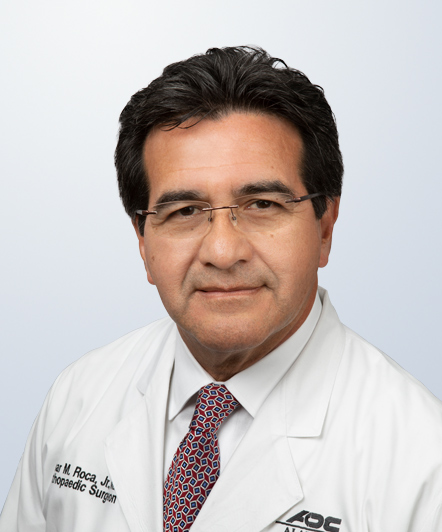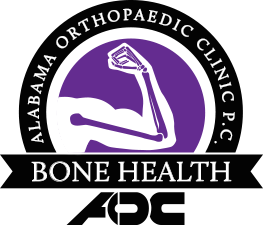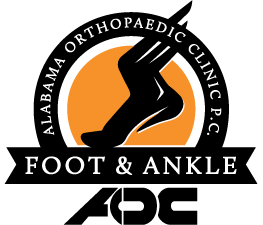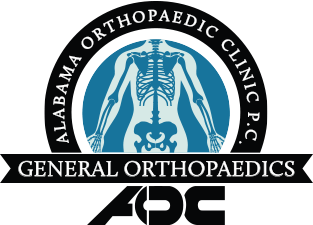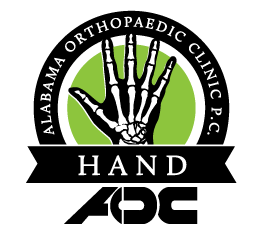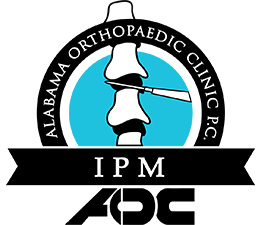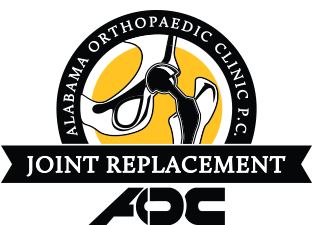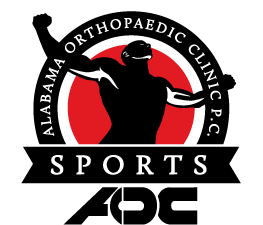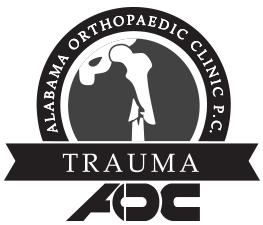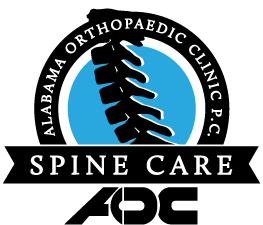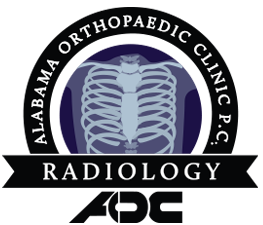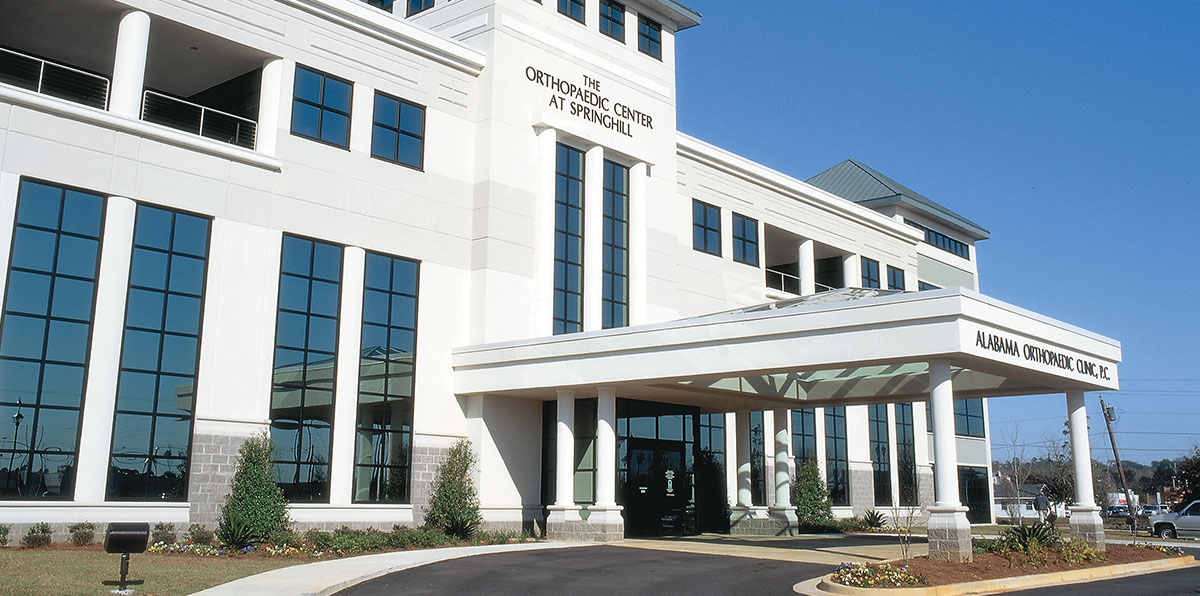News & Events
Cervical Spine: Get to know your neck
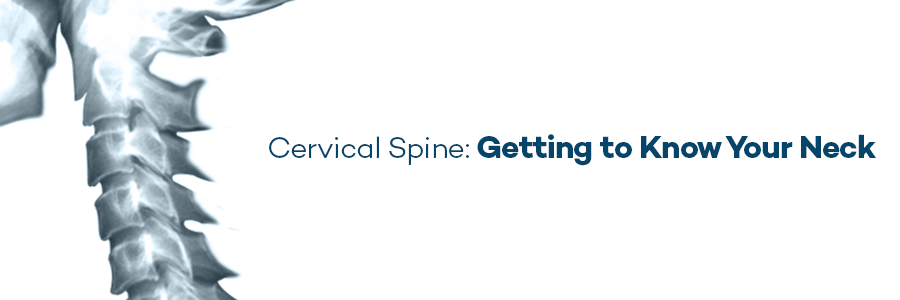
Do you know where your cervical spine is? If you guessed your neck, you were correct. The cervical spine plays an instrumental role in the spinal column’s flexibility and range of motion. Your neck consists of seven bones (C1-C7), which are separated by intervertebral discs. These intervertebral discs act as shock absorbers during daily activity and allow the neck to move freely.
Our necks have a hefty job to perform: the cervical spine supports the weight of the head (the average human head weighs between 10-12 lbs). Supporting the weight of the head can leave the neck vulnerable to injuries and conditions that cause pain and restrict motion. For example, sometimes a disc can become diseased or the space between the vertebrae can narrow, causing the disc to press on the spinal cord. This creates pain, numbness or weakness. When these symptoms do not respond to nonsurgical types of treatment, then cervical disc surgery may be recommended.
Surgery for cervical disc disease is called discectomy. This surgical procedure involves removing a disc that is pinching a nerve or pressing on the spinal cord. Once the diseased disc is removed, spine specialists such as AOC’s fellowship trained, Dr. Kevin Donahoe and Dr. Tim Revels, will either use cervical fusion or replace the disc with an artificial implant.
Signs it might be time to see a spine specialist:
– Neck pain or stiffness
– Recurring headaches
– Pain that travels down into the shoulder or arms
– Weakness in shoulders, arms, hands, or legs
– Numbness in your arms – feeling of pins and needles
If you are experiencing any of these symptoms, know that AOC’s team of fellowship trained spine specialists, Dr. Kevin Donahoe, and Dr. Tim Revels, are dedicated to alleviating pain and providing an improved range of motion for each patient. For more information, call the Spine Line at AOC – 251-410-3600 or visit our website – alortho.com
- < Back
- |











